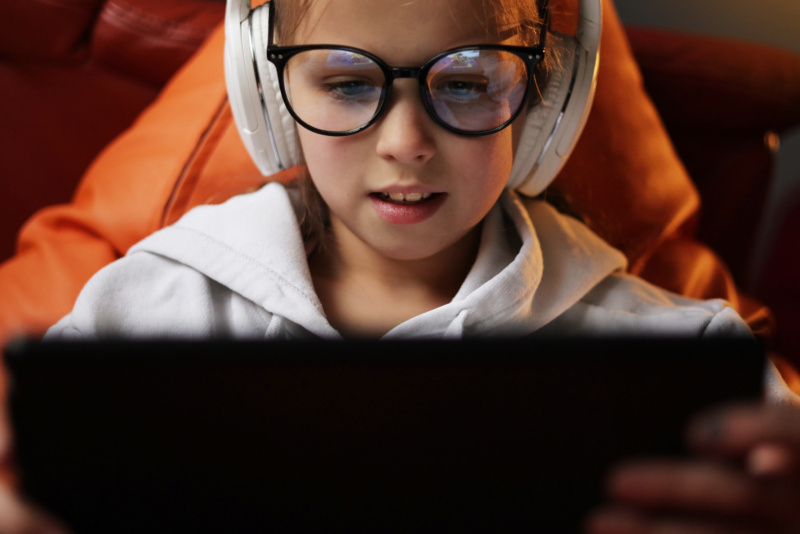Social-emotional learning (SEL) is an essential component of a well-rounded education. It helps students develop important skills such as self-awareness, empathy, and communication, which are crucial for their personal and academic success. One tool that can support SEL in the classroom is Flipgrid, a video discussion platform that allows students to share their thoughts and ideas in a safe and supportive environment. In this blog post, we will explore how to use Flipgrid in the classroom for SEL.
Getting Started with Flipgrid
Before you can start using Flipgrid in the classroom, you will need to create a free account on the Flipgrid website and set up a grid for your class. A grid is a collection of topics that students can respond to with video responses. You can customize the grid by adding your own branding, theme, and instructions. Once you have set up your grid, you can create topics and share them with your students.
Using Flipgrid for SEL
Flipgrid can be used in a variety of ways to support SEL in the classroom. Here are some ideas to get you started:
- Check-ins: Start each class or week with a Flipgrid check-in topic, where students can share how they are feeling and what is on their mind. This can help students develop self-awareness and empathy, and create a supportive classroom culture.
- Reflections: Use Flipgrid to encourage students to reflect on their learning and personal growth. You can create reflection topics for specific units or lessons, or ask students to reflect on their progress throughout the year. This can help students develop self-reflection and goal-setting skills, and track their own learning journey.
- Perspective-taking: Use Flipgrid to promote empathy and perspective-taking by asking students to share their thoughts and experiences on different topics or issues. You can create topics that ask students to put themselves in someone else’s shoes, or share their own experiences to help others understand different perspectives. This can help students develop empathy and understanding of others, and practice communication and listening skills.
- Collaborative projects: Use Flipgrid to facilitate collaborative projects that promote teamwork and communication. You can create topics that ask students to share their ideas and feedback on group projects, or to work together to create a shared video response. This can help students develop collaboration and leadership skills, and build a sense of community and belonging in the classroom.
Tips for Using Flipgrid for SEL
Here are some tips to help you get the most out of Flipgrid for SEL:
- Set clear expectations: Before you start using Flipgrid, make sure to set clear expectations for how students should use the platform. This can include guidelines for respectful communication, privacy and safety, and appropriate use of technology.
- Model good communication: Use Flipgrid to model good communication skills, such as active listening, asking questions, and giving feedback. This can help students develop their own communication skills and build a culture of positive feedback and collaboration in the classroom.
- Provide feedback: Use Flipgrid to provide feedback on students’ video responses, and encourage peer feedback as well. This can help students improve their communication and reflective skills, and feel supported and valued in the classroom.
- Celebrate diversity: Use Flipgrid to celebrate diversity and promote inclusion in the classroom. Encourage students to share their own perspectives and experiences, and create topics that highlight different cultures, languages, and backgrounds.
Flipgrid is a powerful tool that can support SEL in the classroom by promoting communication, collaboration, self-awareness, and empathy. By using Flipgrid to facilitate video discussions, reflections, and collaborative projects, educators can create a safe and supportive learning environment that promotes social-emotional learning and personal growth.



